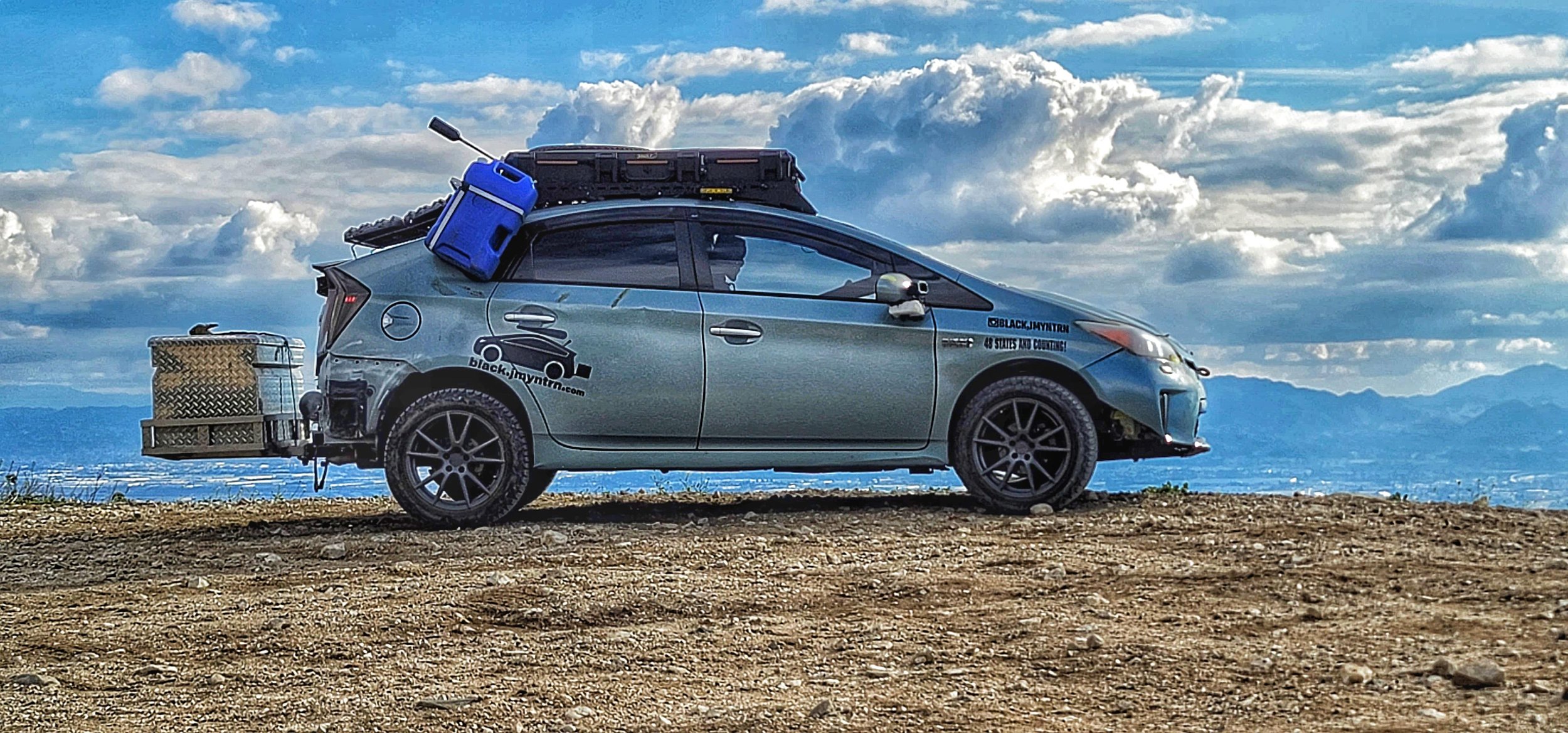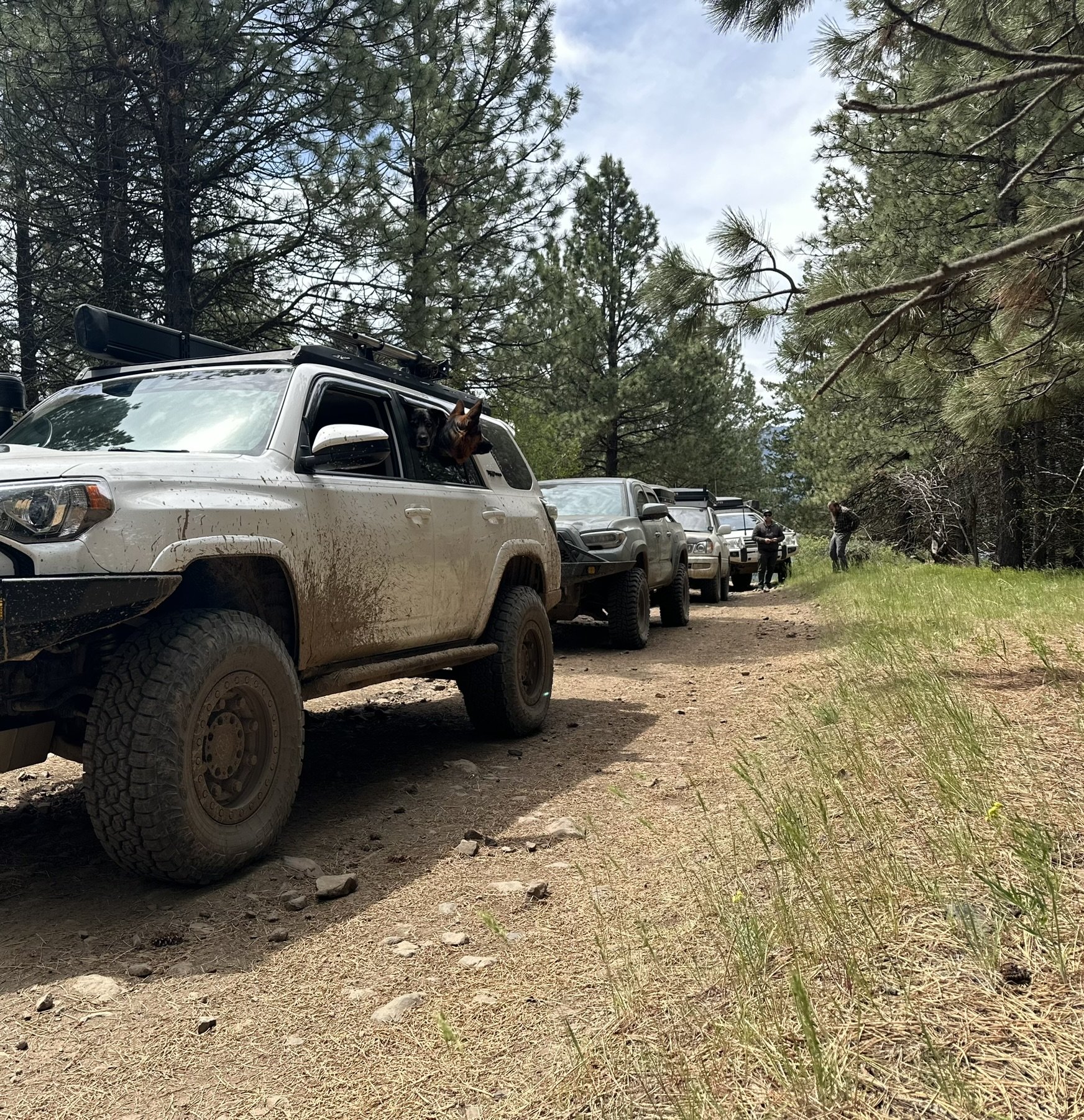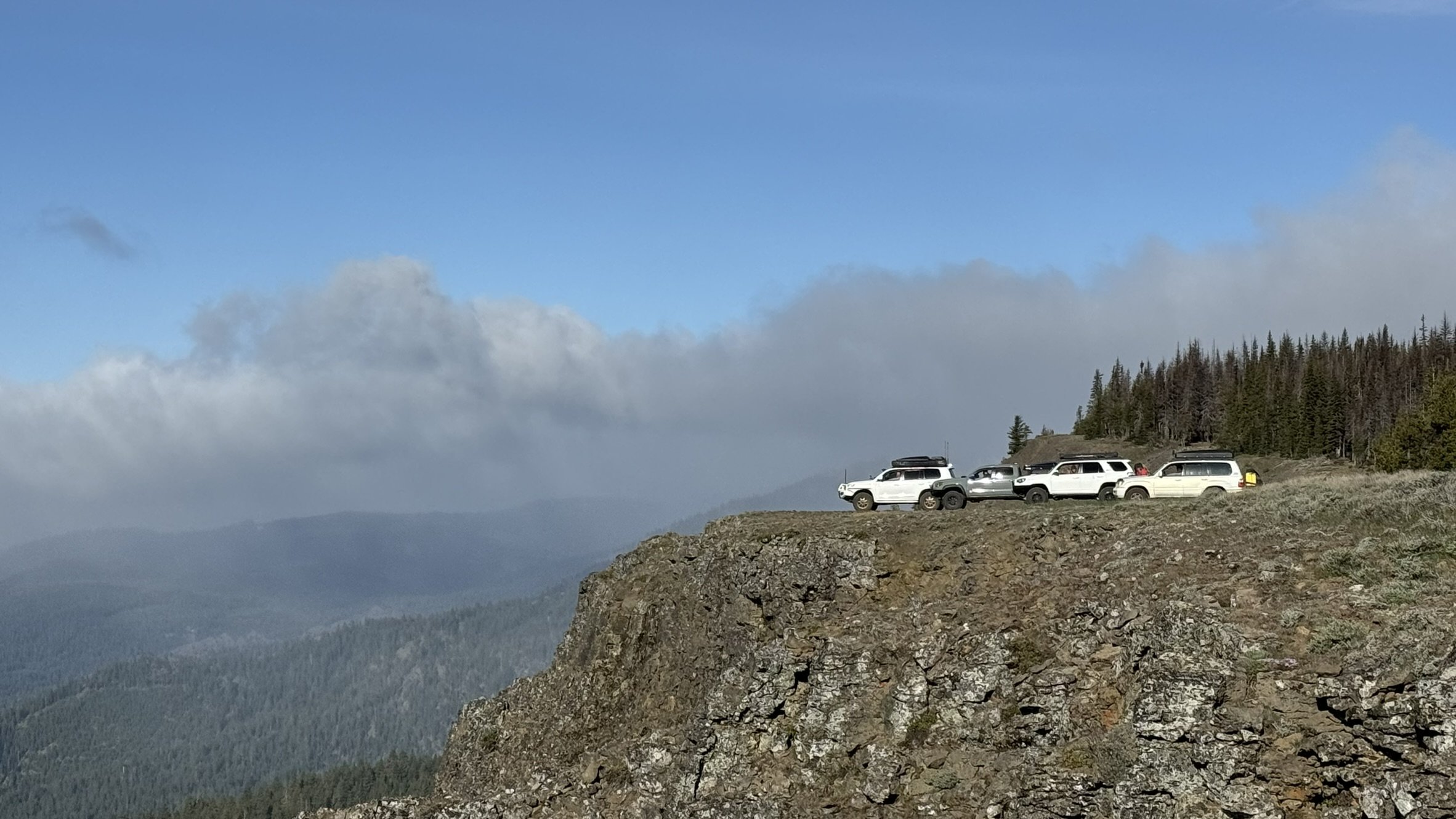The Misconception of Needing 4x4 or AWD for Overlanding: A Balanced Perspective
Overlanding has become a beloved pastime for many, offering the allure of adventure and the promise of discovery. However, a common misconception divides the community: the belief that only those with 4x4 or AWD vehicles can truly partake in this pursuit. While these vehicles certainly have their advantages, the truth is that overlanding is more about preparation and understanding your chosen trails than the specific type of vehicle you drive.
Understanding Trail Requirements
One of the most crucial aspects of overlanding is knowing the requirements of the trails you plan to explore. Trails are not created equal; they vary greatly in terms of difficulty and the type of vehicle needed to navigate them safely. Here’s a breakdown:
Instagram: @black.jmyntrn_
4x4 with Lift and Armor: Some trails are extremely challenging, featuring steep inclines, deep ruts, and large rocks. For these, a 4x4 vehicle equipped with a lift and protective armor is essential. These modifications help in overcoming obstacles and protecting the undercarriage from damage.
Standard 4x4: Many overlanding routes can be managed with a standard 4x4 vehicle. These trails might include moderate rocky paths, mud, and shallow water crossings. A 4x4 system ensures better traction and control in these conditions.
All-Wheel Drive (AWD): There are numerous trails that an AWD vehicle can handle. These routes typically involve less extreme terrain but may still include dirt roads, mild hills, and occasional loose surfaces. AWD systems provide improved traction compared to 2WD, making them suitable for light off-roading.
Two-Wheel Drive (2WD): Believe it or not, some trails are perfectly navigable with a 2WD vehicle. Bethel Ridge, near WABDR Section 2, is a prime example where even a Prius has successfully completed the route. These trails are generally well-maintained dirt or gravel roads with minimal obstacles.
Preparation Over Perfection
The key takeaway for aspiring overlanders is to stop waiting for the "perfect" vehicle or gear setup. The essence of overlanding lies in exploration and adventure. Here are some tips to get you started:
Research: Before embarking on a trip, thoroughly research your chosen trails. Understand the terrain, weather conditions, and any specific vehicle requirements. Online forums, trail guides, and local overlanding communities are invaluable resources.
Vehicle Inspection: Regardless of your vehicle type, ensure it is in good working condition. Check the tires, brakes, and fluid levels. Carry basic recovery gear like a shovel, traction boards, and a tire repair kit.
Skill Development: Enhance your driving skills, particularly in off-road scenarios. Practice navigating different terrains and understanding your vehicle's capabilities and limitations.
Flexible Itinerary: Be prepared to alter your route if conditions become unfavorable. Flexibility is key in ensuring a safe and enjoyable journey.
Overlanding is accessible to more people than often perceived. While 4x4 and AWD vehicles offer specific advantages, they are not absolute necessities for every trail. By doing your due diligence and preparing appropriately, you can embark on incredible overlanding adventures with a variety of vehicles. The most important step is to get out there and explore the wilderness, rather than waiting for the perfect gear or vehicle.
So, pack your essentials, plan your route, and start your journey into the great outdoors. The adventure awaits!



